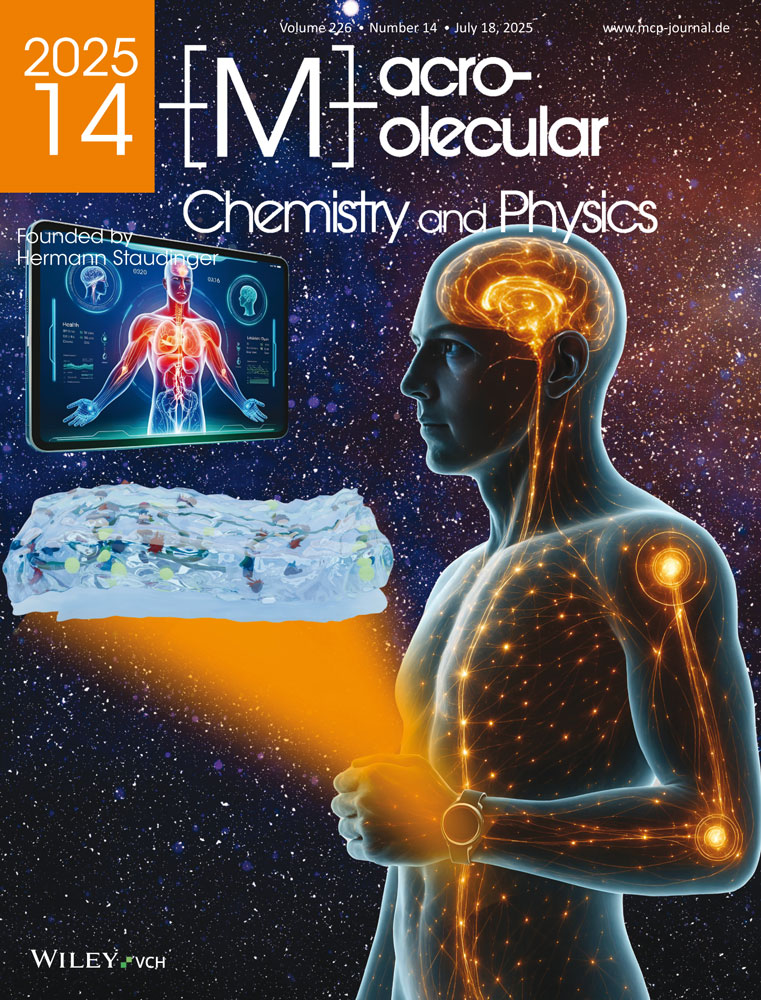Comparison of intermolecular interaction and compatibility in the blends of poly(ϵ-caprolactone) with poly(vinyl chloride), poly(bisphenol A carbonate) and poly(hydroxy ether of bisphenol A)
Abstract
The crystallization behavior of poly(ε-caprolactone) (PCL) in the miscible blends of PCL/poly(vinyl chloride), PCL/poly(hydroxy ether of bisphenol A) and PCL/poly(bisphenol A carbonate) has been investigated by differential scanning calorimetry and polarized light microscopy. Through comparison of the PCL crystallization rate and calculation of the interaction energy density B between the miscible components in these blends, it was found that the effect of the noncrystallizable component on the crystallizability of PCL is not consistent with the strength of the specific interaction in the blends detected by FTIR but coincides with the interaction energy density B. The variation of PCL crystallizability reflects an effect of the “apparent total intermolecular interaction” in the blends. The influences of glass transition temperature, self-associated interaction of the noncrystallizable component and geometrical factors on the PCL crystallization rate and the intermolecular interaction in the blends are also discussed.




